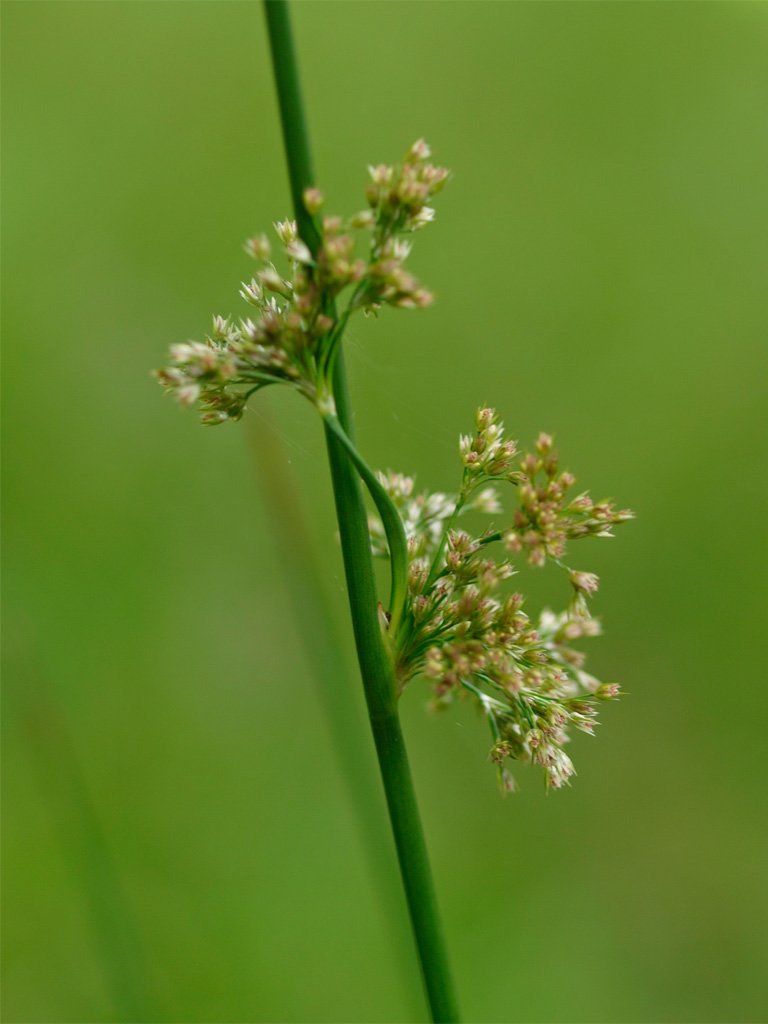“It all starts with the annual cutting. When you get rid of the Phragmites, you make space for native plants to thrive. The Native plant will attract the insects - and the birds will follow.”
Peter Meleady - Landscape ecology consultantSome of the many native plants that have started to take hold on Marion Lake again.
Lobelia syphilitica (Blue Cardinal Flower): This perennial plant, native to North America, is known for its vibrant blue flowers that bloom in late summer. It’s commonly found in moist to wet soils and partially shaded environments, including swamp forests and roadside ditches
Equisetum spp. (Horsetail): Horsetails are a group of plants known for their long, segmented, and hollow stems. They thrive in wet environments and have been used traditionally for their medicinal properties.
Juncus spp. (Rush): This genus includes over 300 species of grass-like plants that typically grow in wetlands or moist environments. They are known for their cylindrical stems and are often used in wetland restoration projects.
Carex spp. (Sedge): Sedges are grass-like plants with over 2,000 species, primarily found in wetlands. They are characterized by their triangular stems and are essential for wetland ecosystems.








